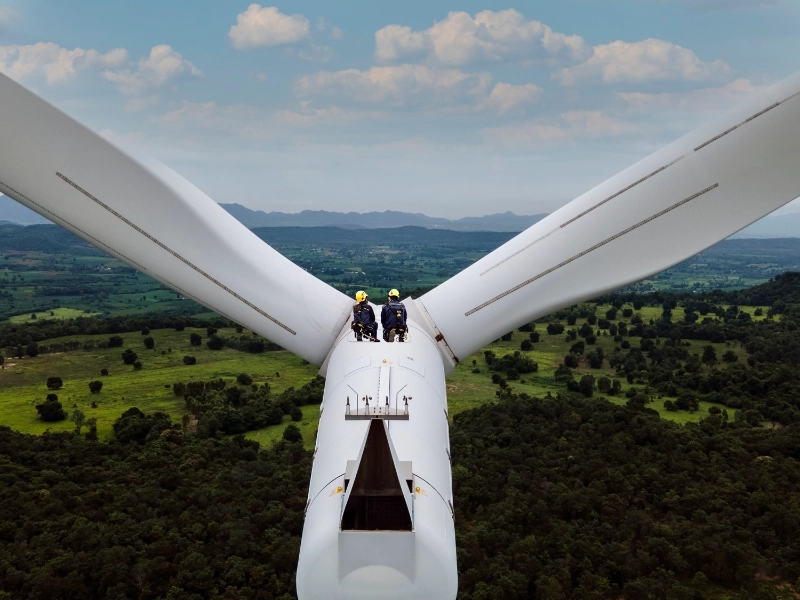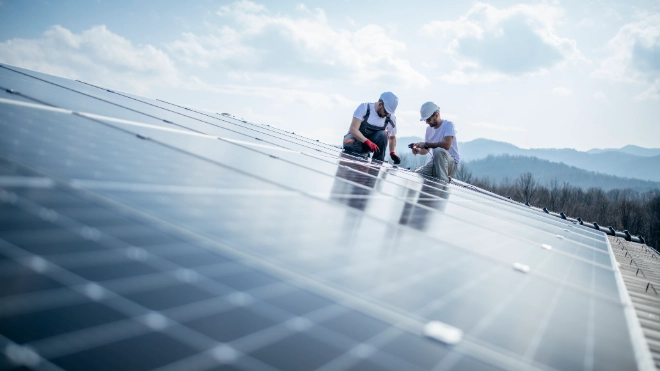Marktanalysen und Wirtschaftsentwicklungen
Globale und lokale Berichte und Analysen unserer Expert:innen zur Wirtschaftslage sowie Tipps zum Risiko-Management Ihrer Unternehmensfinanzen.
 Österreich
Österreich
 Australien
Australien
 Belgien
Belgien
 Bulgarien
Bulgarien
 China
China
 Dänemark
Dänemark
 Deutschland
Deutschland
 Finnland
Finnland
 Frankreich
Frankreich
 Griechenland
Griechenland
 Hongkong
Hongkong
 Indien
Indien
 Irland
Irland
 Italien
Italien
 Japan
Japan
 Kanada
Kanada
 Litauen
Litauen
 Mexiko
Mexiko
 Neuseeland
Neuseeland
 Niederlande
Niederlande
 Norwegen
Norwegen
 Österreich
Österreich
 Polen
Polen
 Rumänien
Rumänien
 Schweden
Schweden
 Schweiz
Schweiz
 Singapur
Singapur
 Slowakei
Slowakei
 Slowenien
Slowenien
 Tschechische Republik
Tschechische Republik
 Türkei
Türkei
 Ungarn
Ungarn
 Vereinigtes Königreich
Vereinigtes Königreich
 Vereinigte Staaten
Vereinigte Staaten

Globale und lokale Berichte und Analysen unserer Expert:innen zur Wirtschaftslage sowie Tipps zum Risiko-Management Ihrer Unternehmensfinanzen.
Behalten Sie Risiken und Chancen im Blick. Unsere Expert:innen analysieren Märkte in mehr als 40 Ländern, aus denen Sie die richtigen Schlüsse für Ihr Unternehmen ziehen können. Darunter Marktentwicklungen, Wirtschaftstrends, geopolitische Risiken, Prognosen und einzigartige Empfehlungen rund um Ihr Risk Management.
Wir empfehlen die Lektüre allen Wirtschaftsinteressierten, Risk Managern, CFOs und dem Vertrieb.
Gewinnen Sie einen Überblick über die globale Marktwirtschaft oder einzelne Regionen. Hier finden Sie Einschätzungen unserer Expert:innen zu Wachstum und Entwicklungsprognosen.

Die Wirtschaftstrends und Herausforderungen von mehr als 40 Branchen: Erfahren Sie, wie sich die Zahlungsmoral in Österreich und in anderen Ländern entwickelt. Aber auch: Wo zeichnen sich Insolvenzen ab?

Unsere interaktive Risk Map gibt Ihnen einen visuellen Überblick zur globalen politischen Lage und Risiken für die Wirtschaft.

Einzelne Länderberichte mit aktuellen Analysen, Prognosen zur wirtschaftlichen Entwicklung oder möglichen Risiken. Hier finden Sie auch Spezialberichte zu politischen Entwicklungen.

Beiträge rund um das Debitoren-Management, den besten Umgang mit ausstehenden Zahlungen oder was auf Sie zukommt, wenn Sie mit Insolvenzen zu tun haben. Weiterhin verraten wir bewährte Tipps unserer Inkasso- und Kreditversicherungs-Expert:innen.

Haben Sie Fragen?







